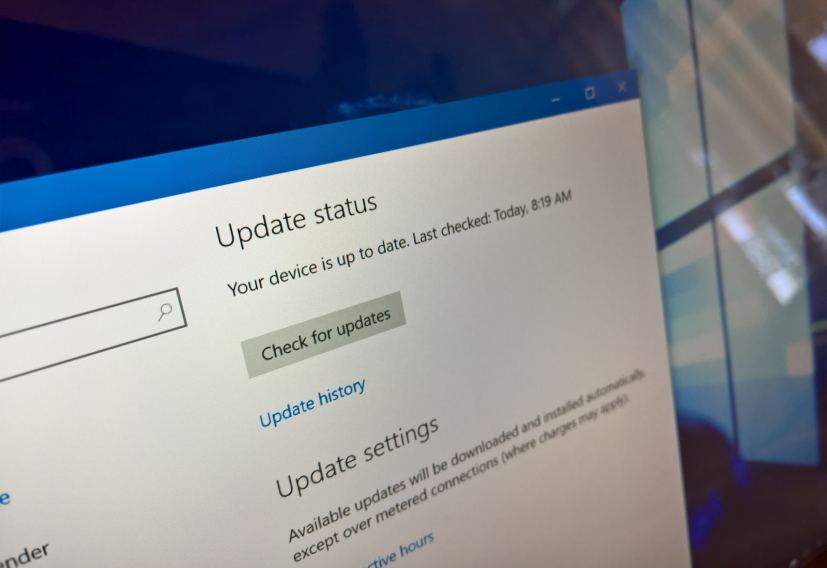
Microsoft is now rolling out out-of-band update KB4093117 for Windows 10 version 1703 (Creators Update) only days after releasing the April 2018 Patch Tuesday update. In addition, the software giant is also making available update KB4093120 for devices running version 1607 (Anniversary Update).
KB4093117 bumps the version number of Windows 10 to build 15063.1058, and KB4093120 brings the Anniversary Update to build 14393.2214. Although these cumulative updates aren’t for the most recent version, and neither update delivers new features, both patches address a slew of issues with their corresponding version.
What’s new with Windows 10 build 15063.1058
Microsoft has announced KB4093117 in the Windows support site, and it’s referred as “April 17, 2018—KB4093117 (OS Build 15063.1058)”. If you’re already running the Windows 10 Creators Update on your PC, this update will address these problems with Microsoft Edge, Windows Hello, File Explorer, BitLocker, and more. Here are some of the fixes, but you can read the full list of changes at the Windows support site with the above link:
- Addresses an issue that causes Microsoft Edge to stop working after a few seconds when running a software restriction policy.
- Fixes a problem that prevents Windows Hello from generating good keys when it detects weak cryptographic keys because of TPM firmware issues.
- Addresses an issue related to smart cards that allow PINs or biometric entry.
- Fixes a problem issue where the right-click context menu for encrypting and decrypting files using Windows Explorer is missing.
- Addresses an issue that suspends BitLocker or Device Encryption during device unenrollment instead of keeping the drive protected.
What’s new with Windows 10 build 14393.2214
The company announced KB4093120 in the Windows support site, and it’s referred as “April 17, 2018—KB4093120 (OS Build 14393.2214)”. If you’re already running the Windows 10 Anniversary Update, this update will fix these issues with Windows Hello, Hyper-V, Windows Update, ReFS, NFS server cluster, authentication, Bluetooth and Outlook. Here are some of the fixes, but you can read the full list of changes at the Windows support site with the above link:
- Addresses an issue that prevents Windows Hello from generating good keys when it detects weak cryptographic keys because of TPM firmware issues. This issue only occurs if the policy to require the TPM is configured.
- Fixes a problem that prevents ReFS partitions from being expanded if the volume was originally formatted using ReFS v1.
- Addresses an issue that causes the host Hyper-V node to stop working when starting the hosted VM.
- Fixes a problem issue that causes the failover of an NFS server cluster resource to take a long time if the communication from the NFS server to the NFS client is blocked.
- Addresses an issue that prevents a UDP profile from loading. This loading failure generates the error “We can’t sign into your account”, and users receive a temporary profile.
- Fixes a problem issue that causes a pairing problem for low-energy Bluetooth devices.
- Addresses a reliability issue with Microsoft Outlook.
How to download April 17 update for Windows 10
These updates for PCs are available immediately, they will download and install automatically, but you can always force the update from Settings > Update & Security > Windows Update and clicking the Check for updates button. You can find more details about the most recent updates in the Windows 10 update history tracker guide.
